Before photography collecting plants was my hobby. I went to
places here in Bicol just to look for these plants. Ive been to Albay,
to Daet and the neighboring towns in Camarines Sur. It was tiring
but fun traveling by motorcycle. Sometimes with my dad. Together with
experience of buying was meeting other hobbyists.......................
I lost my interest collecting when most of my precious collection were stolen from my garden. So I decided to stop.
Facts from the net.
The genus Cryptanthus
consists of about 50 terrestrial species commonly called earth stars
because of their shape. The plants have low-spreading rosettes of six
to 20 leaves. The succulent usually tooth-edged leaves may be
spoon-shaped, lance-shaped, or triangular, from three to twelve inches
(8-30 cm) in length. Most are in the three- to six-inch (8-15 cm)
range. They are usually strongly banded or frosted with gray, white or
bronze, and many cultivars have a pink to red background color. The
various hybrids show a rainbow of colors, and the most popular cultivars
have very elaborate banding with sharp zigzag patterns. The white
(sometimes light green or pink) flowers appear in the center and from
between the leaves, a few at a time. They are so popular that there is a
separate Cryptanthus Society affiliated with The Bromeliad Society.
LIGHT: About
2500 to 3000 foot candles of light is appropriate for most, which
translates to 55 % to 75% shade cloth in sunny climates. With too
little light, foliage color and strong markings fail to develop. At the
other extreme, too much light bleaches foliage colors. They do well on
patios where the area is lit by morning or afternoon sun but not
directly on the plants. The colors change with the seasons and amount
of light.
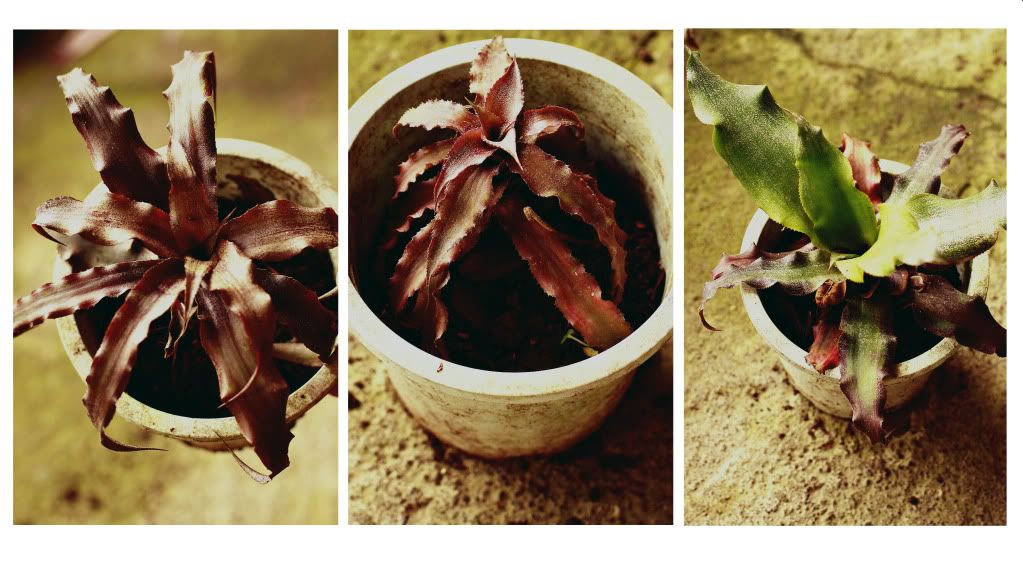

TEMPERATURE: Cryptanthus
tolerate a temperature range from 40° F to over 100°F (4° to 38° C).
Optimum growth occurs between 60 to 85 ° F (15° to 30° C).
AIR: Cryptanthus
prefer at least moderate humidity and perform well when grown on or
near the ground among ferns or begonias, or close to ponds.
WATERING: Keep the medium moist at all times. Cryptanthus suffer if they dry out for extended periods. 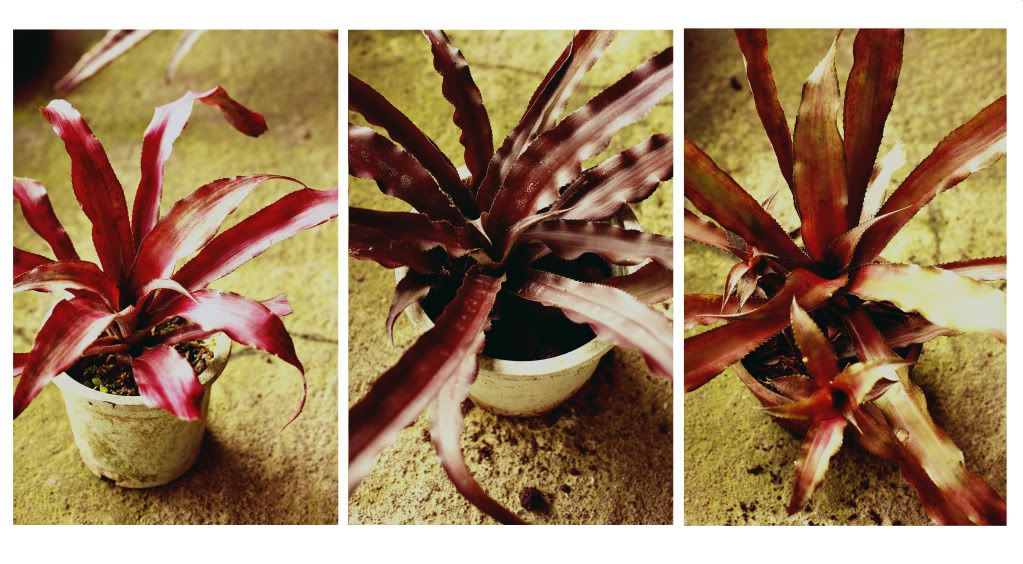

POTTING AND MOUNTING: Cryptanthus
are true terrestrials; they do not absorb water or nutrients through
their leaves. They develop strong root systems and are not suitable for
mounting. They prefer a more water-retentive medium than most other
bromeliads, but it still must drain rapidly. Do not underpot; at least a
five or six inch pot is recommended. Use a loose, porous medium rich
in peat moss or other organic material.


FEEDING: They
respond well to generous fertilizing. Growers recommend adding
slow-release fertilizer to the potting mix and feeding with liquid
fertilizer as well.
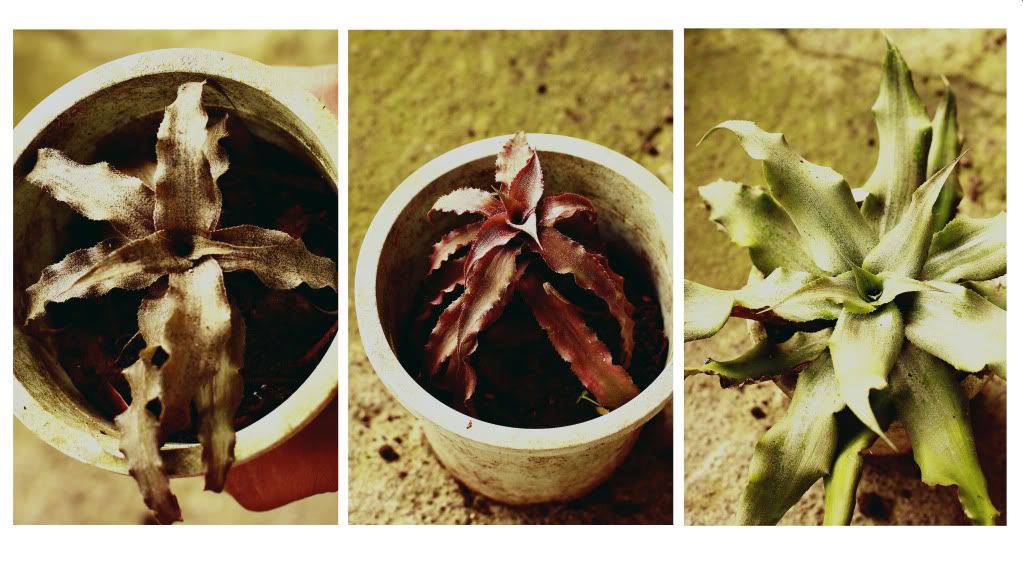

PROPAGATION. Offsets
of some cultivars may be a little reluctant to establish. Propagate in
spring or summer. It helps to remove the dry, rudimentary leaves at
the base of the pup in order to expose the tiny root buds.
(Reprinted from Bromeliads A Cultural Manual, The Bromeliad Society, Inc.)
The Prayer plant
is really a quite amazing plant. Its foliage is mainly a dark green
with red variations of veins running through them. The amazing part of
the Prayer plant is that at night, the leaves fold up. Just like it's
praying! This plant is available in many varieties including Herringbone
and Rabbits Tracks. The main foliage colors vary depending on the
variety. This plant is a nice small, compact houseplant, perfect for
windowsills! It adapts very well to indoor temperatures, making it a
great addition to your room.
The African violet (Saintpaulia ionantha)
can be one of the most satisfying flowering houseplants. It is a low,
compact plant with attractive dark green, thick, hairy leaves. The
violet-like flowers are borne in small panicles just above the foliage.
Cultivars are available with pink, fuschia and white flowers, as well as
the more traditional shades of blue-violet. Newer violets include
cultivars with semi-double or double rows of petals. Bi-colored flowers
and those with a contrasting border are popular. Trailing cultivars and
miniatures are also available. Plants kept in good condition flower
almost continuously.
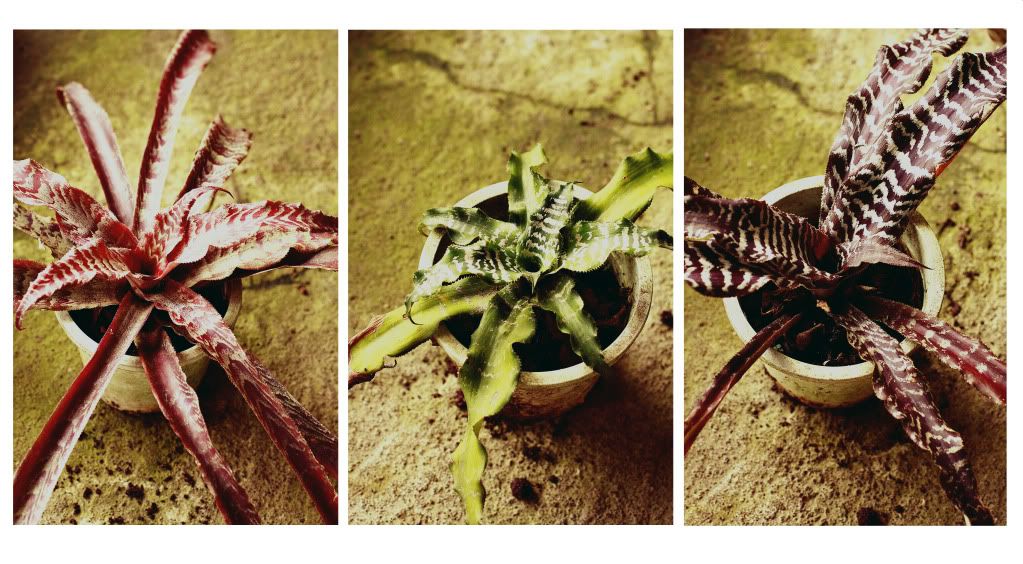
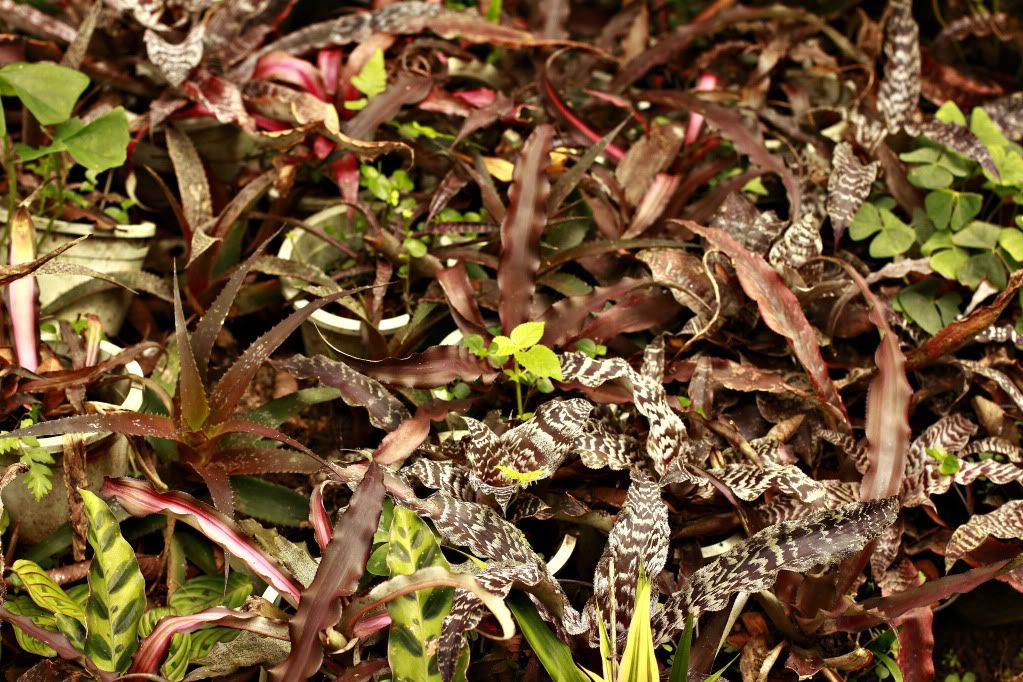
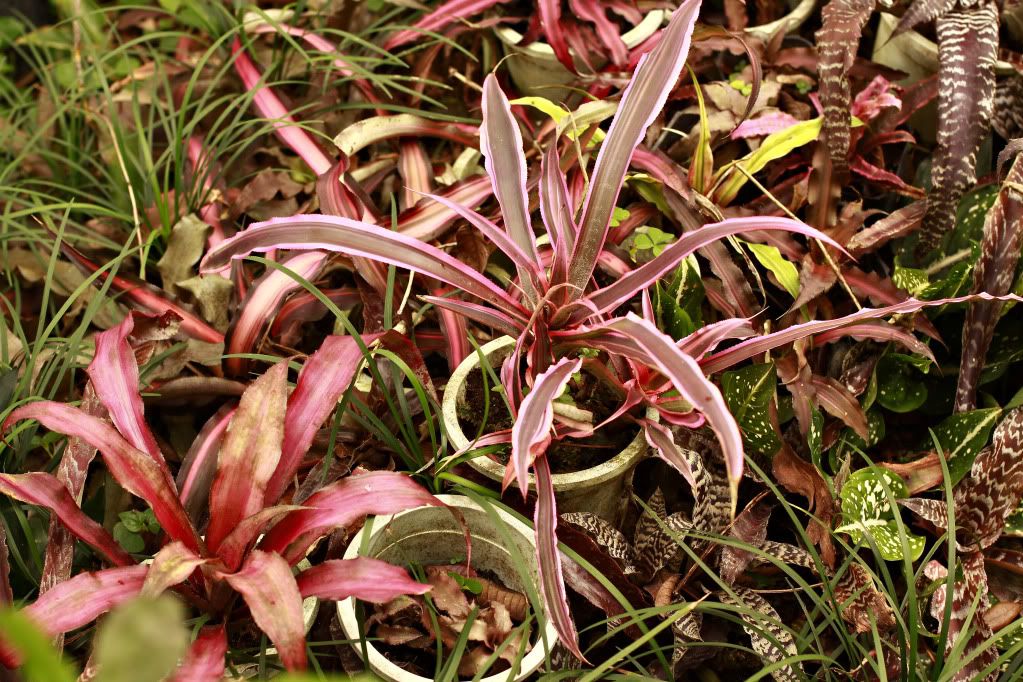


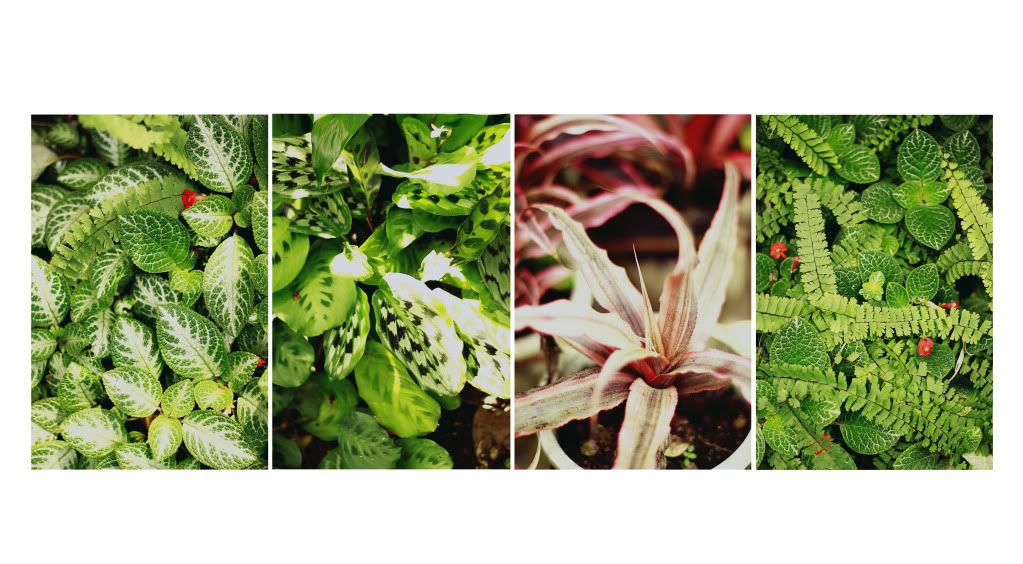

No comments:
Post a Comment